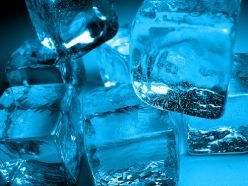Refrigeration onboard Ships
Refrigeration is a process of cooling or remove heat to lower the temperature of a space, or items to be stored in the space, to a temperature below the temperature of the surrounding area. This is accomplished by using a mechanical refrigeration process in which a refrigerant is used to alternately absorb heat from the space or object to be cooled and reject the heat to atmosphere or seawater.
Vapour Compression Cycle
The basic components of any refrigeration system working on the vapour compression cycle, are the compressor, condenser, expansion valve, evaporator and the refrigerant fluid which is alternatively vapourized and liquefied during the refrigeration cycle. The temperature at which a fluid boils or condenses is known as the saturation temperature and it varies with pressure.
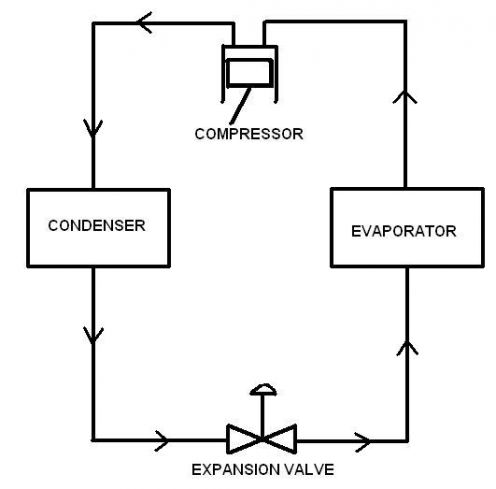
The compressor in a refrigeration system in raising the pressure of the vapourized refrigerant causes its saturation temperature to rise so hat it is higher than that of, the surrounding air or cooling seawater, whatever used in the condenser. The compressor also promotes circulation of the refrigerant by pumping it around the system.
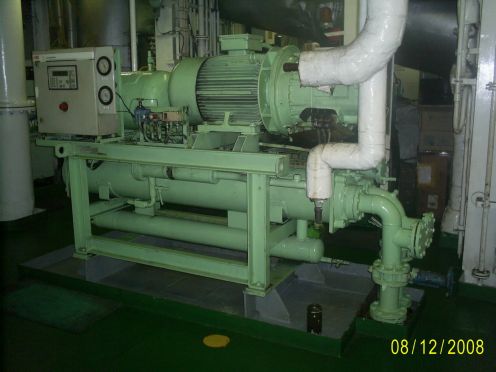
In the condenser the refrigerant is liquefied by being sub cooled to below the saturation temperature relating to the compressor delivery pressure, by circulating seawater (or air for domestic refrigerators). Latent heat, originally from the evaporator, is thus transferred to the cooling medium. The liquid refrigerant, still at the pressure produced by the compressor, passes to the receiver and then to the expansion valve.
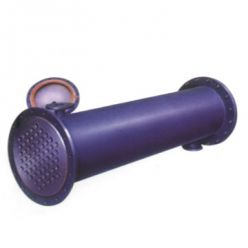
The expansion valve is the regulator through which the refrigerant flows from the high pressure side of the system to he low pressure side. Its throttling effect dictates the compressor delivery pressure which must be sufficient to give the refrigerant a saturation temperature which is higher than the temperature of the cooling medium.
The pressure drop through the regulator causes the saturation temperature of the refrigerant to fall, so that it will boil at the low temperature of the evaporator. In fact, as the liquid passes through the expansion valve the pressure drop makes its saturation temperature fall below its actual temperature. Some of the liquid boils off at the expansion valve, taking latent heat from the remainder and causing its temperature to drop.
The expansion valve throttles the liquid refrigerant and maintains the pressure difference between the condenser and evaporator, while supplying refrigerant to the evaporator at the correct rate. It is thermostatically controlled in most of the systems.
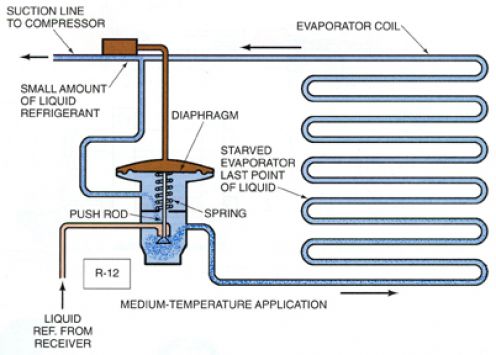
The refrigerant entering the evaporator coil, at a temperature lower than that of the surrounding secondary coolant (air or brine) receives latent heat and evaporates. Later the heat is given up in he condenser, when the refrigerant is again compressed and liquefied.
For a small refrigerator the evaporator cools without forced circulation of a secondary coolant. In larger installations, the evaporator cools air or brine which are circulated as secondary refrigerants.
REFERENCES
“Marine Auxiliary Machinery” by H. D. McGeorge
